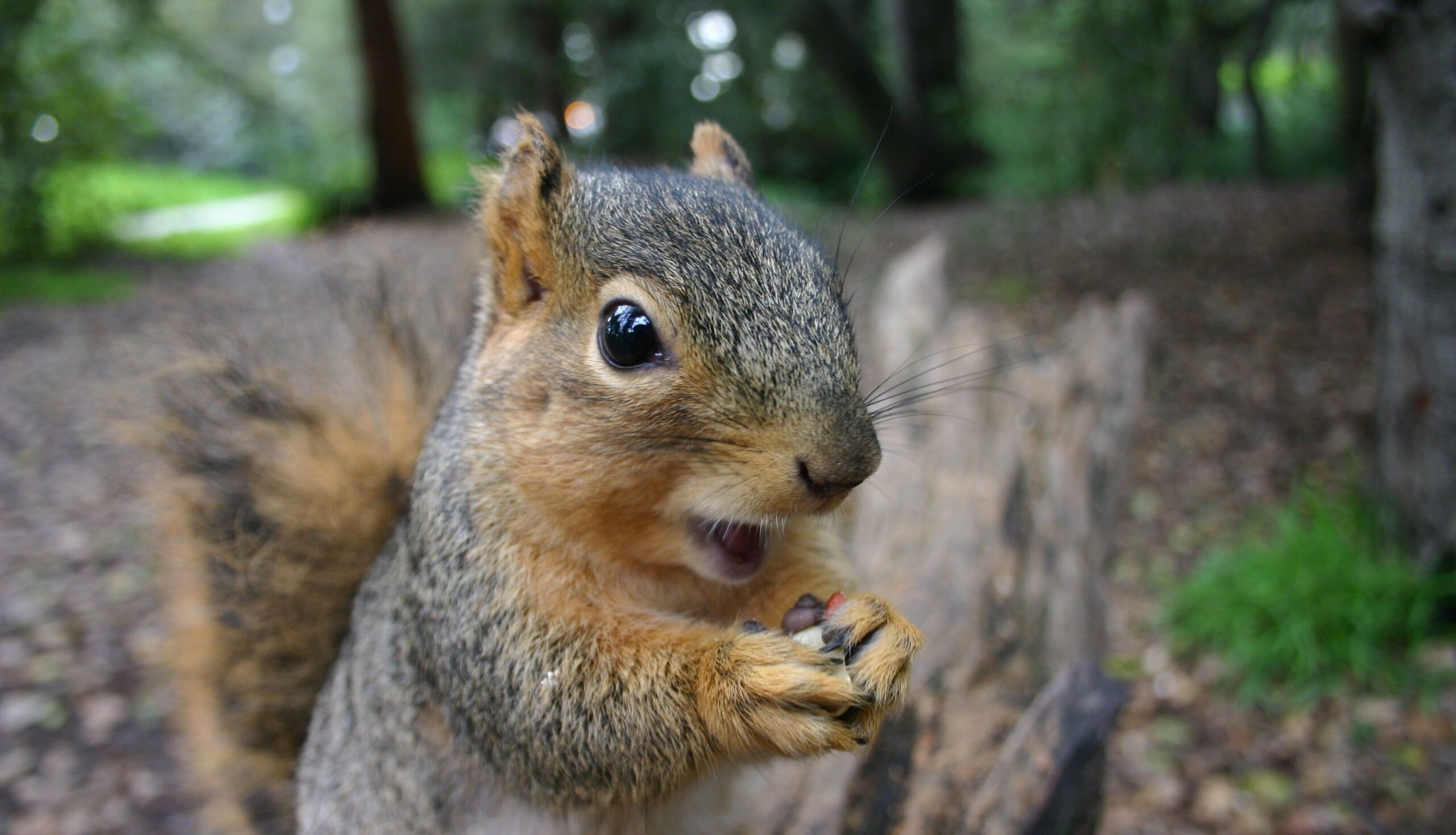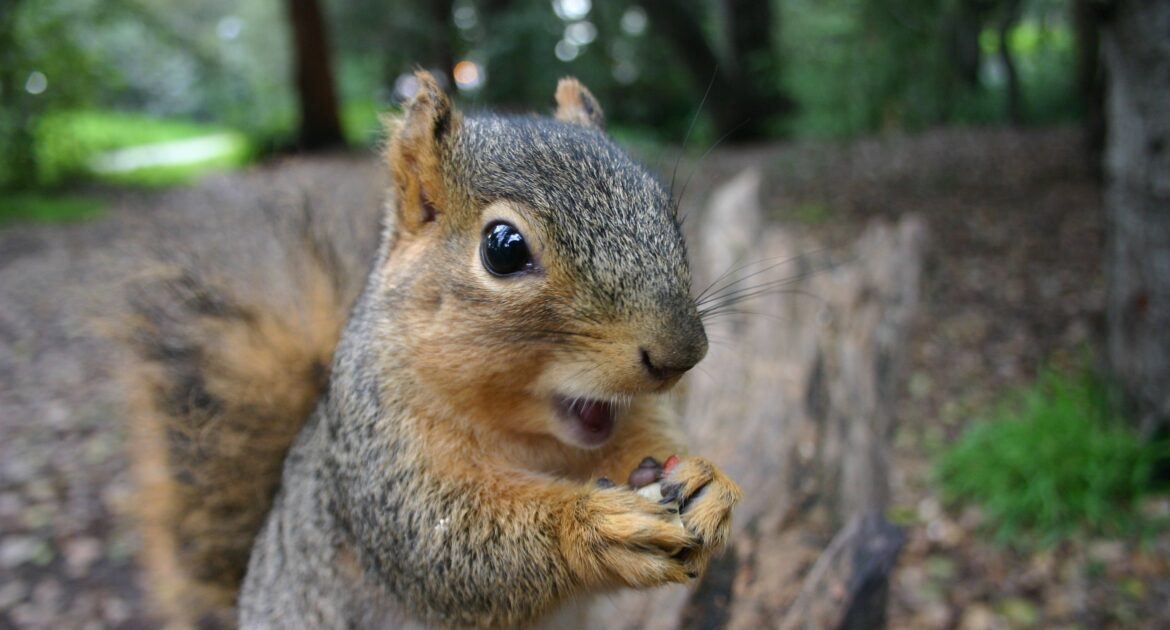As wildlife control professionals, we’ve spent years observing the fascinating ways animals adjust to human developments. Squirrels, in particular, stand out for their ability to modify their behaviors to thrive in urban environments. And while they may seem harmless darting through parks or perching on fences, these clever rodents can become a serious challenge if they find their way into your home. You might wonder, “What does it mean when a squirrel approaches you?” or “Do squirrels attack humans?” The reality is that squirrels make calculated decisions in response to their surroundings—which often leads them closer to humans and our homes.
Understanding squirrel behavioral adaptations in urban areas not only helps us coexist with them but, more importantly, highlights the need to address potential issues swiftly when they arise. At Skedaddle in Minneapolis, we specialize in safe, humane squirrel removal, and these insights come directly from years of on-the-ground experience.
Squirrel Behavioral Adaptations in Cities
Adaptation is critical for wildlife survival in cities, and squirrels are one of the most adaptable urban wildlife species. Remarkably, urban conditions have altered their instincts and behaviors. For instance, instead of foraging deep in the woods, squirrels in cities rely on public parks, backyards, and even garbage bins for food. They’ve learned to associate humans with food sources, which is why they may approach us rather than shy away. That behavior might prompt homeowners to wonder, “Do squirrels attack humans?” Fortunately, such cases are rare and typically rooted in self-defense.
Squirrels are also incredibly resourceful when constructing nests in cities. While in natural habitats they stick to tree cavities and drays (nests made with leaves and branches), urban squirrels frequently invade roofs, soffits, and attics. These man-made spaces not only protect them from predators but also offer warmth during colder months. Their excellent climbing abilities, sharp teeth, and small size allow them to access even the most unlikely spots, such as ventilation systems.
Additionally, mating activities adapt to urban rhythms. Squirrels work tirelessly in cities, building nests for their young twice a year—once in early spring and again in late summer. These nests often lead to costly damage for homeowners, including chewed wires, ruined insulation, and compromised structural elements. Their ability to adapt to densely populated neighborhoods is impressive, but without intervention, squirrels can quickly turn from fascinating to frustrating.
Why Squirrels Approach Humans
One of the most common questions we receive is, “What does it mean when a squirrel approaches you?” While it might seem like a friendly visit, this behavior often reflects their adaptability in using human activity to their advantage. Urban squirrels are unusually comfortable around people. Unlike their rural counterparts, which are more elusive, urban squirrels quickly learn that humans can provide easy food through handouts, garbage, or bird feeders. When a squirrel comes close, it’s likely seeking food rather than acting out of aggression.
However, this habituation can lead to issues. For example, squirrels that consistently associate people with food may become bolder over time. This doesn’t mean they’re looking to attack. Squirrels are generally skittish and defensive by nature, retreating unless cornered or feeling threatened. Cases of squirrels showing aggression toward people typically involve defensive mothers protecting their nests or a misinterpretation of their approach.
Aside from food, squirrels approaching humans could also indicate that they’ve nested nearby—possibly in your attic or wall cavities. This proximity underscores the importance of identifying entry points in your home and addressing them quickly. Ignoring small signs of squirrel activity often means facing larger problems down the road.
If you notice a squirrel acting boldly near your home, it may be time to assess your property for potential nesting sites. At Skedaddle, we’ve seen how quickly their presence indoors can escalate—to the detriment of homeowners.
The Challenges Squirrels Pose Indoors
While squirrels are an iconic part of urban settings, having them inside your home is a different story entirely. Squirrels that make their way into attics or walls can cause chaos—not just from the noise but from the significant structural and health risks they create. Their constant need to chew on materials like wood, drywall, or electrical wires (to keep their teeth at a manageable length) presents serious hazards, including fire risks from exposed wiring.
The nesting materials they bring indoors—like leaves, twigs, and bits of debris—can lead to conditions ripe for ticks, fleas, and bacteria that affect both pets and humans. Their urine and droppings further exacerbate these risks, spreading contamination in hard-to-clean areas. Squirrels can also be surprisingly persistent, consistently searching for new ways into your home even after you close off an entry point.
Their adaptability also extends to raising young inside. Squirrels are fiercely loyal mothers who won’t abandon their babies. If a litter is present, the noise and destruction only amplify, and a mother’s protective behavior can make them more challenging to remove without professional intervention. Amateur removal attempts often drive squirrels further into inaccessible spaces, making the situation worse.
Addressing squirrel problems early is crucial. Understanding their adaptive behaviors gives us a clear path to mitigate risks.
Do Squirrels Attack Humans?
This is another common concern for homeowners, and it’s understandable. The closer these animals get, the more uncomfortable it can feel. The short answer is no, squirrels rarely attack humans. Their default behavior is to flee rather than fight. Aggression typically occurs only when a squirrel feels trapped, cornered, or is protecting its babies from perceived threats.
Urban squirrels are opportunists, not aggressors. If one approaches you, it’s more likely eyeing food in your hand or growing accustomed to human activity in its environment. However, while attacks are uncommon, squirrels are wild animals, meaning they should still be treated with caution. Any interactions should focus on preventing their entry into your home or resolving their presence safely.
At Skedaddle, we’ve handled countless cases of squirrel activity, and we know that the best approach is to allow wildlife professionals to manage the situation humanely and effectively.
Skedaddle Has the Solution for Safe Squirrel Control
When dealing with squirrel problems, it’s important to prioritize both your safety and the animal’s well-being. That’s where Skedaddle comes in. With over 30 years of wildlife removal experience, we specialize in humane practices that protect your home without harming wildlife.
Our process begins with a comprehensive assessment to identify entry points, nesting areas, and potential risks. From there, we create a tailored removal and prevention plan to ensure the squirrels are safely removed without leaving any long-lasting effects in your home.
Unlike temporary fixes that only address surface issues, Skedaddle’s solutions keep squirrels out for good. We use top-quality materials to seal potential entry points and deodorize nesting sites, removing scent markers that might attract future animals. Plus, if babies are present, our team takes care to reunite families outside, promoting safe relocation.
Don’t wait until minor squirrel activity turns into extensive damage. Whether it’s noisy scampering in your attic or chewed wires in your walls, our trained team is here to help.
Take Control of Your Home
Squirrels bring energy and curiosity to urban life, but their adaptability can quickly lead to costly and disruptive issues for homeowners. Recognizing their behaviors and taking swift action is key to safeguarding your home.
If you’re noticing signs of squirrel activity or just want peace of mind, Skedaddle’s professional, humane wildlife control services are here to provide lasting solutions. Reach out today and protect your home in Minneapolis before these furry invaders cause more damage.




